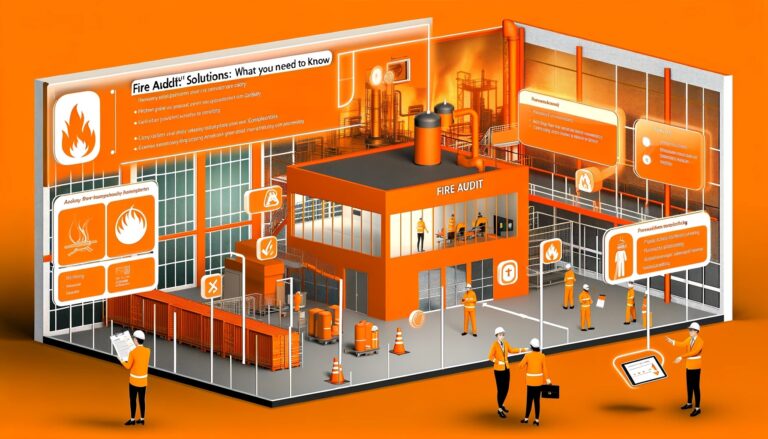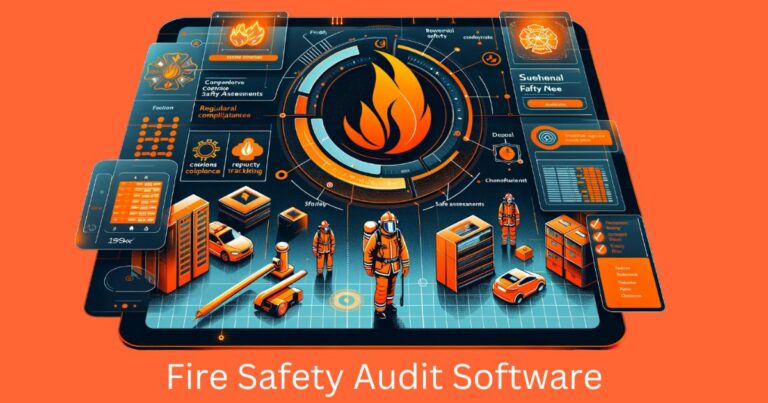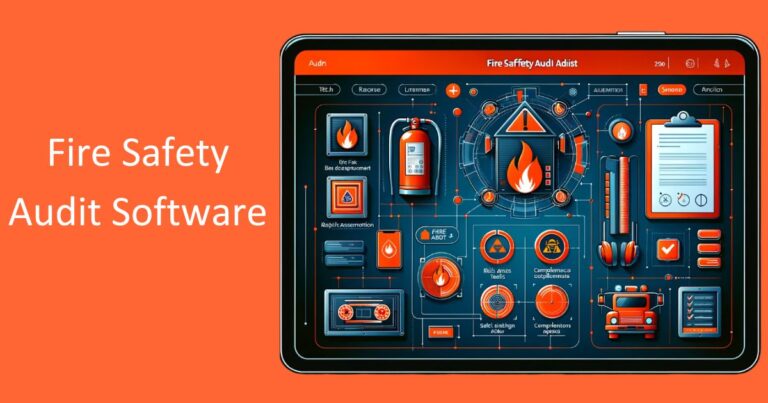Introduction
In today’s fast-paced business environment, ensuring the safety of your employees and assets is paramount. Fire safety is a critical aspect of workplace safety, and regulatory compliance is a top priority for enterprises. To streamline the fire safety inspection process, many organizations are turning to trusted fire safety inspection software. These digital solutions offer numerous advantages over traditional paper-based inspection methods, including efficiency, accuracy, and compliance tracking. In this blog, we will explore the benefits of using trusted fire safety inspection software for enterprises and discuss key features to look for when selecting the right solution.
The Importance of Fire Safety Inspections
Fire safety inspections are a crucial component of any enterprise’s safety program. Regular inspections help identify potential hazards, ensure compliance with local regulations, and minimize the risk of fire-related incidents. Failing to conduct thorough and timely inspections can result in severe consequences, including fines, legal liabilities, and, most importantly, the safety of employees and visitors.
Challenges with Traditional Inspection Methods
Historically, fire safety inspections relied heavily on paper-based processes, which posed several challenges:
- Time-Consuming: Paper inspections are time-consuming and often require manual data entry, leading to delays in reporting and corrective action.
- Inaccuracy: Handwritten reports can be prone to errors and illegibility, potentially compromising the accuracy of inspection records.
- Compliance Tracking: Tracking compliance with regulations and standards can be a daunting task when relying on paper records, increasing the risk of oversight.
- Reporting Delays: Fire safety reports may not reach the relevant stakeholders promptly, delaying necessary actions in case of non-compliance.
- Data Accessibility: Retrieving historical inspection data for analysis and audits can be cumbersome with paper records.
Trusted Fire Safety Inspection Software: A Modern Solution
Enterprises are increasingly turning to fire safety inspection software to overcome these challenges and enhance their fire safety programs. Here are some key benefits of using such software:
- Efficiency: Digital inspection software streamlines the inspection process, allowing inspectors to complete inspections more quickly and efficiently. It reduces administrative burdens, such as manual data entry, enabling inspectors to focus on the inspection itself.
- Accuracy: With digital forms and standardized checklists, the likelihood of errors in inspection reports is significantly reduced. Clear, legible records enhance accuracy and reliability.
- Real-time Reporting: Inspection data is instantly available, allowing for real-time reporting to relevant stakeholders. This enables faster corrective actions in case of non-compliance or safety hazards.
- Compliance Tracking: Trusted fire safety inspection software often includes compliance tracking features that ensure inspections align with local regulations and industry standards. Automated reminders for scheduled inspections help organizations stay on top of compliance requirements.
- Data Analytics: Digital records are easy to analyze, providing valuable insights into trends, areas of concern, and opportunities for improvement. This data-driven approach enhances proactive fire safety management.
- Audit Trail: Maintaining a comprehensive digital audit trail simplifies the audit process, making it easier to demonstrate compliance to regulatory authorities and stakeholders.
Key Features to Look for in Fire Safety Inspection Software
When selecting fire safety inspection software for your enterprise, consider the following key features:
- Customizable Checklists: The ability to create and customize inspection checklists tailored to your organization’s specific needs and regulatory requirements.
- Mobile Accessibility: Mobile apps or web-based platforms that enable inspectors to conduct inspections on smartphones or tablets, even in offline mode.
- Reporting and Analytics: Robust reporting capabilities with customizable dashboards and data analytics to track trends and identify areas for improvement.
- Compliance Management: Features for managing compliance with local fire safety regulations and industry standards.
- Integration: Seamless integration with other safety and facility management systems, such as emergency notification systems and building management systems.
- Audit Trail: A comprehensive audit trail that records all inspection activities and changes to inspection data.
Conclusion
In today’s digital age, enterprises need trusted fire safety inspection software to streamline their fire safety programs. These solutions offer efficiency, accuracy, real-time reporting, compliance tracking, and data analytics, all of which contribute to a safer work environment and regulatory compliance. When choosing the right fire safety inspection software for your organization, prioritize features that align with your specific needs and regulatory requirements. By embracing digital solutions, enterprises can proactively manage fire safety, reduce risks, and ensure the well-being of their employees and assets.








